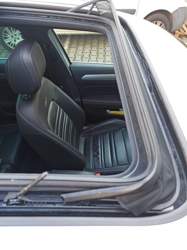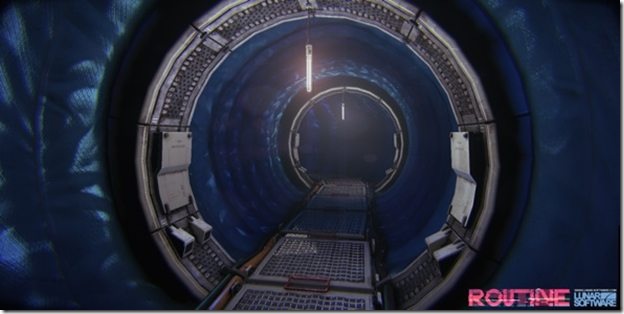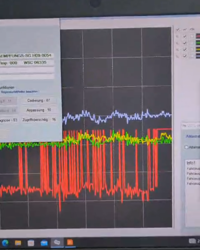The new laboratory and offices for the Japanese pharma concern Astellas is located in the Bio Science Park in Leiden. As a centre of innovative Life Science research, Leiden is a national leader in the Netherlands in activities relating to the bio-medical sciences.
Security is an essential element in the design of the building, which houses both offices and an ultramodern laboratory for scientific research. Rather than approaching this issue in an exclusive way - by confining and fortifying the structure - the design for the Astellas building integrates the security concept inclusively, with the frame of the building serving as an unconcealed enclosure.
Equally essential to the design of the building is the creation of a pleasant, open and transparent working environment for Astellas employees, in addition to an agreeable and welcoming gesture to their international visitors. The organisation and materialisation of the building ensures clear views from each of the three areas within the main frame. Glass facades are employed to provide sufficient daylight, whilst also creating open visual communication throughout the structure.
The building frame integrates into one gesture three sections of varying heights, which together encircle an inner courtyard garden. Covering six floors on the west side of the building are the office spaces. A restaurant with a roof terrace is located on the lower floor of this area. The Eastern section of the building houses four floors of laboratories.
The main entrance to the building is located on the South East and employs the concept of the hotel lobby to comfortably welcome employees and visitors from home and abroad. The floor to ceiling glass facades and large skylights of the expansive, 3.7 meter high lobby area provide visual links to both the inner garden and the surrounding street life. The Western side of the lobby area houses seating areas and meeting rooms. Direct access to the inner garden, which is based on traditional enclosed Japanese gardens, is possible from all three sections of the building.
Parking is provided at street level to the East of the building and in a sunken parking garage underneath the main structure. The ground floor of the building is raised to a height of 1.7 meters and is accessed by steps which lead to the lobby area from street level. The floor plans in the interior are flexible and based on the campus concept, where emphasis is placed on communication.
Glass and aluminium are the main materials used in the façade of the Astellas building in order to provide a lightweight structure which requires less material usage in its foundations. Lamellas are incorporated on each level of the façade in order to deflect direct sunlight. The glass panes are further coated to additionally reduce heat load to the interior. On the Northern side of the building, where sunlight is less prevalent, floor to ceiling glass is employed, with 4cm deep lamellas. The South and East/West facades respectively are furnished with lamellas with a depth of 30cm and 20cm. Parapets of 90cm are also employed on these facades in order to further reduce direct sunlight penetration. The building as a whole has an 89%-90% net to gross floor ratio, with an underground energy storage system further reducing energy usage. Colour is introduced into the façade by means of a vertical variation in the four contrasting tones of the Japanese Manga animation films.
Client: G&S Vastgoed
Location: Bio Science Park, Leiden, NL
Area: Offices approx.11,200m2. Laboratories approx. 5,500 m2. Parking places 300.
Site: 11270 m2, built 3921 m2
Programme: Offices and laboratories
Design: 2009
Realisation: 2012
Credits:
UNStudio: Ben van Berkel, Caroline Bos, Gerard Loozekoot with Erwin Horstmanshof and Jörg Petri, Nanang Santoso, Sander Schuur, Ramon van der Heijden, Rikjan Scholten, Filippo Lodi, Imola Berczi, Peter Irmscher, Patrik Noome
Advisors:
Construction: Vd Vorm Engineering
Installations: Techniplan adviseurs (TPA)
Contractor: G&S Bouw
Landscape: Kees Tolk Ontwerp
Interior: Procore – Arnold Schoordijk
↧














